SUNDAY JOINT, 5-18-2025: OUR MONDO SUMMER FLING

Hey All,
My memory, as I knock softly on the door of my Methuselah years, has the vigor and speed of a potato-powered Game Boy. I have to tie a piece of string around my finger to remember why I tied string to my other finger. But the decay is patchy. Memory holes live side-by-side with something close to total recall. I have X-ray clarity, for example, that the word "mondo" came into our SoCal slang-loving lives in the early 1980s. "Mondo," as in "huge," as in "That mondo set yesterday afternoon cleared the whole lineup!"
So I had to think for a few moments this past week if I ever knew there was an entire film genre called "mondo," and I believe the answer is "no"—this is new (to me), rather than forgotten, information. Old as I am, it actually feels great to realize how much I still don't know. Anyway, it took a while but I have arrived at mondo.
Ten or so years ago, I watched a 1967 documentary called Mondo Hollywood, which has a segment on a louche Robert Evans-esque LA surf filmmaker named Dale Davis. I didn't give the "mondo" any thought, I just loved the bit with Dale. This week I discovered that another film, Mondo Mod, like Mondo Hollywood, not only has a surf sequence, but came out just a few weeks later. Here is Mondo Mod in full; the surfing bit starts at 19:40.
Two feature-length surf-adjacent films with "mondo" in the title released within a month of each other? Pass the carrots and headlamp, we're rabbit-holing!
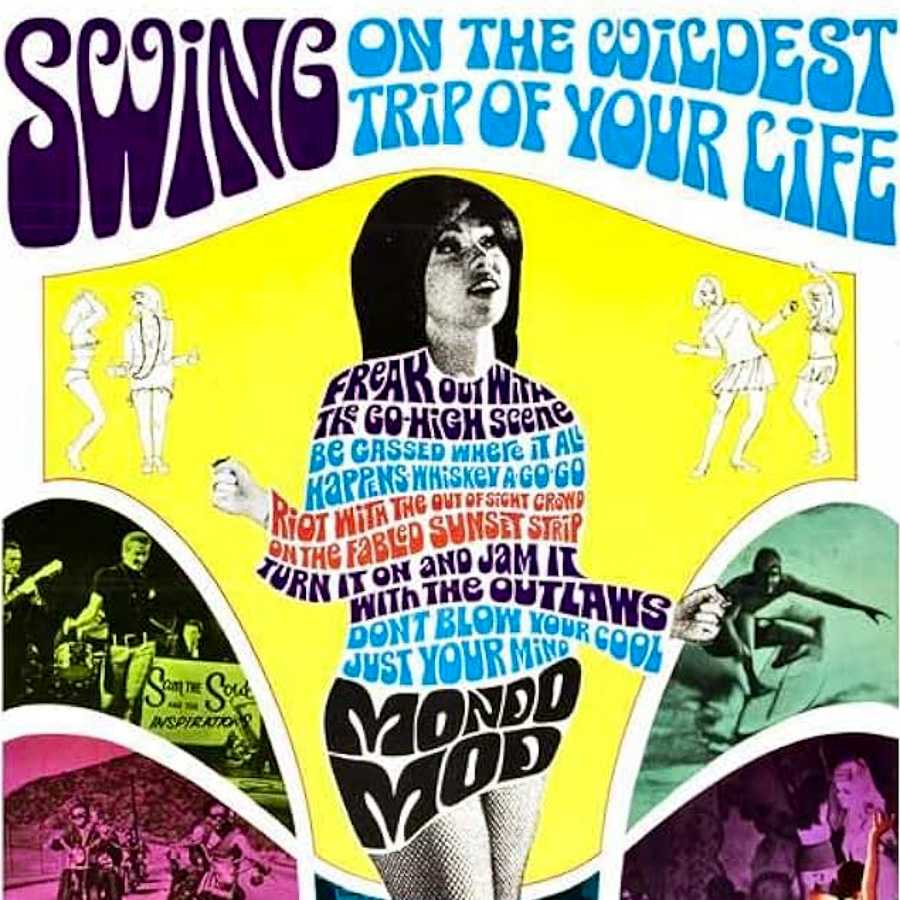
Mondo films are low-budget, non-narrative, multi-segmented B-movies. They're the kind of documentaries you'd get if the source material came exclusively from girlie mags, Ripley's Believe or Not and Tales from the Crypt. They rubbed shoulders with grindhouse, but could play the documentary card and get screened at regular theaters too. Mondos jump around a lot. Everything we see is advertised as real and-or vérité, except some is fake or exaggerated or preplanned. The films were aimed mostly at teens, who dug mondo for the thrills, so nobody much cared.
The main idea with mondo, the hook, the gesture toward legitimacy, is that what we're seeing onscreen is both real and unknown. It's a big world out there, the filmmakers tell us, and a surprising amount of it will shock or titillate you. Starting with boobies and animal slaughter. In 1962's Italian-made Mondo Cane, the original mondo, for example, a wry-voiced narrator describes a scene a where a group of squealing American women tear the shirt off matinée idol Rossano Brazzi while inside a department store. Cut to New Guinea, where we see a mass of topless native women chasing a couple of loincloth-wearing local men, who burst through the jungle at full speed and escape by diving into a lagoon. The women here, we are told, are "very nonchalant about matters of love." Bare breasts everywhere. That type of contrast is a hallmark of the Italian mondos. Later in Cane, at a dog cemetery in Los Angeles, we get closeups of wealthy mourners grieving openly over their departed pets. Then smash cut to a Taiwanese outdoor food stand, with live dogs in cages, raw meat getting cubed on a butcher's block, and laughing patrons at a table nearby lunching from a shared wok. "Customers," our amused narrator reports, "can choose the most appetizing puppy directly from the cage."
In years to come, in America at least, the sex part of mondo was spun off into theater-released porn, while the blood and guts part became Faces of Death and the like. Google AI tells me there is "no exact number" in terms of a mondo film count. But stretch the definition and throw in a couple of sub-genres and mondo-revivals and the total is somewhere between 100 and 200 titles. (Sex and gore and shock would of course migrate to the internet, which can be easily searched and filtered into a bottomless 24-hour self-serve mondo.)
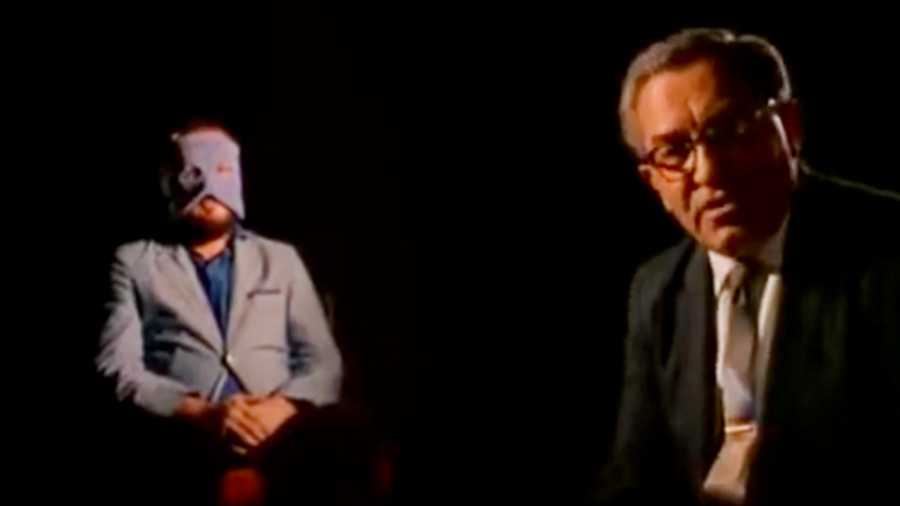
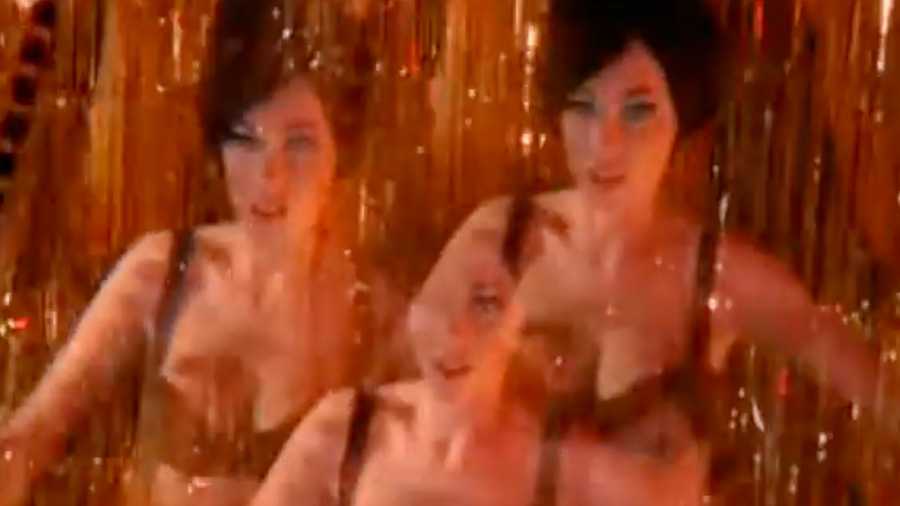
Anyway, by 1967, America has become strange enough to itself that the shock of mondo, or a watered-down version anyway, can be located domestically, and now we return to Mondo Mod and Mondo Hollywood and the genre's quickie summertime fling with surfing. Mod is the less-mondo of the two. It's more just a Los Angeles-based youth-culture sampler. Miniskirts, dirt-bikes, go-karts, go-go dancers, karate, a massive nighttime Sunset Strip anti-curfew march (inspiration for Buffalo Springfield's "For What it's Worth"), some pro-drug graffiti, a biker gang, and lots of forced finger-popping voiceover about the younger generation that is somehow bland and overheated at the same time. "The famous Sunset Strip; this is where it's at, this is where it all happens. The new music is what you seek here. As long as drums pound and guitars wail, sleep becomes a thing of the past—and everybody makes it together. Come with us into their world, as the mods get it on!"
The strangest part of Mondo Mod is a set piece featuring a masked man talking about LSD while tripping—he is articulate, calm, lucid—along with a visual interpretation of his experience which is a stripper peeling down to her underthings while filmed through a prism lens. The film closes with a straightforward anti-drug message, and the most mondo moment of all: interracial dancing and making out.
Nothing much to say about the surfing in Mondo Mod, which looks like recycled three-year old Walt Phillips footage. The surfing in fact is objectively the least-interesting and least-mondo part in the film.

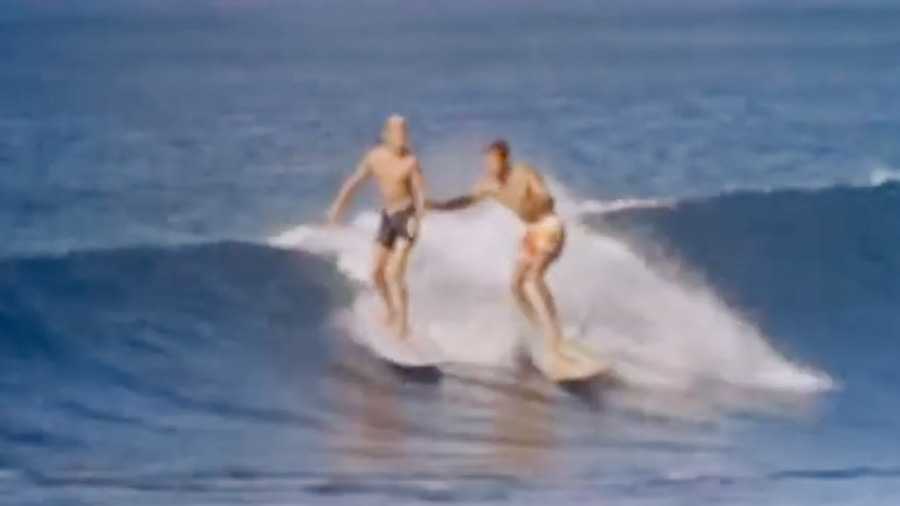
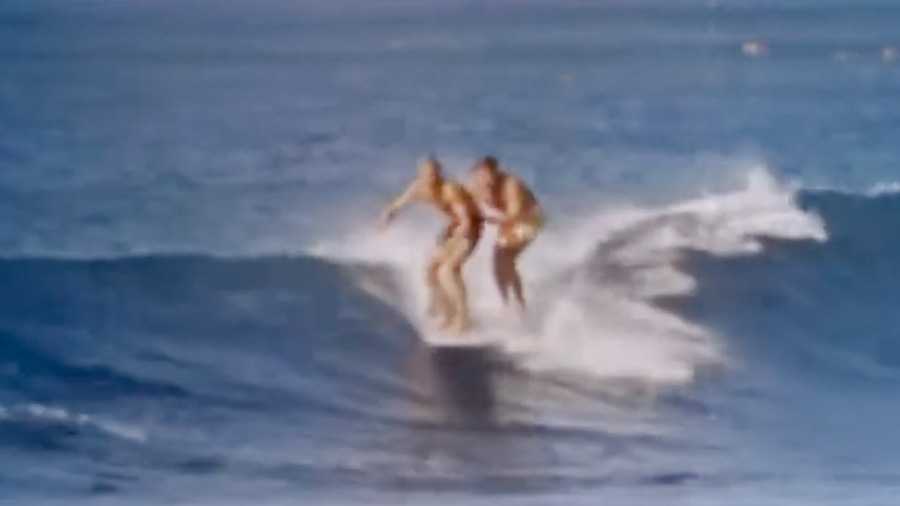
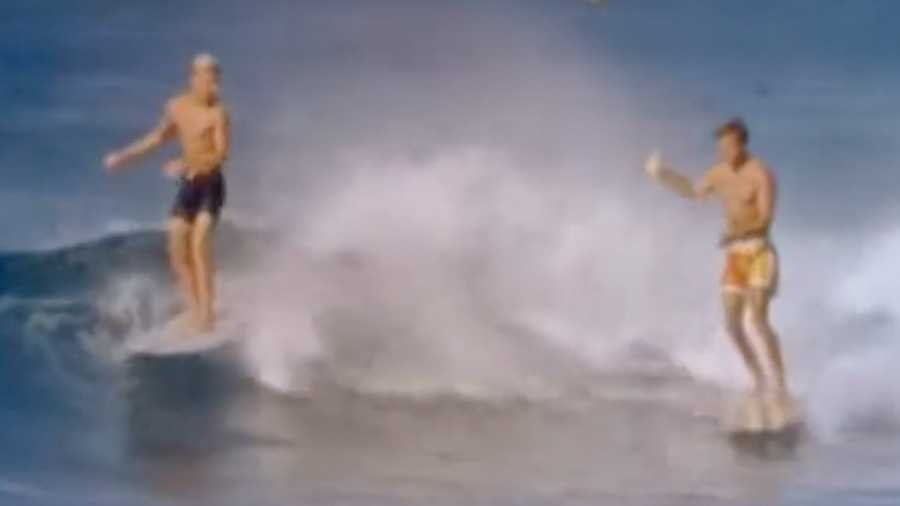
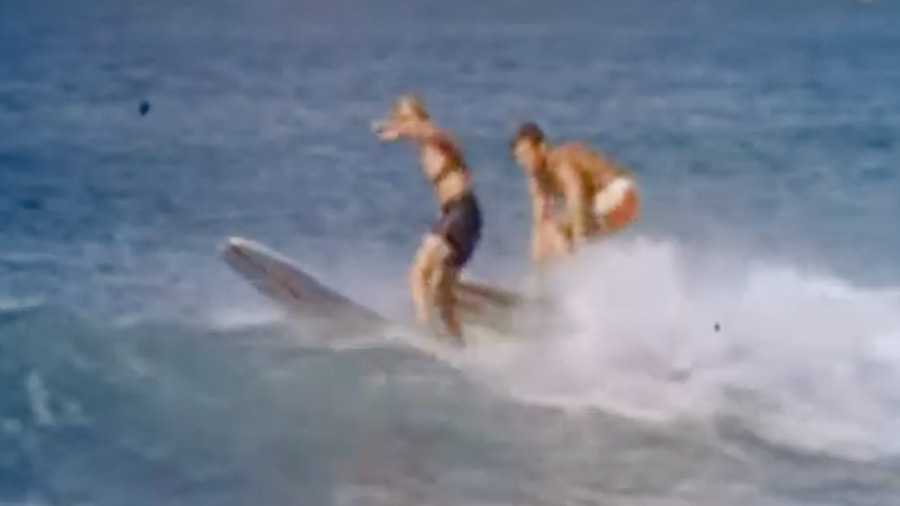
I liked Mondo Mod at first. The theme song mashes two or three rock styles together and pulls it off (listen here, and remember that Endless Summer was still filling theaters everywhere with a soundtrack that had long since veered into Squaresville). The clothes are amazing, and the cameramen are all in—one of the Mondo Mod cinematographers went on to do Close Encounters of the Third Kind, another did Easy Rider and Ghostbusters. This is a B-movie, in other words, that must have looked A-plus in a theater. My Los Angeles-trained ears pricked up at the sound of Mondo Mod narrator and KHJ Boss Radio jock "Humble Harve" Miller (whose career was interrupted but not derailed in 1971 when he shot and killed his wife), which gives the film a professional sheen.
Too professional, in fact. Harve was 32 when the film came out, and sounds it. This is the problem with Mondo Mod, in fact. It is a movie made by 30-year olds, about people in their early 20s, and the best the filmmakers can do is keep the cameras rolling, keep trying out the lingo, because that's the only way they get into the party.

I wanted to talk more about Mondo Hollywood, which is the better film by far, but I've chewed up too much space already. Quickly: Mondo Hollywood, like Mondo Mod, isn't actually much of a shocker (Mondo Cane and the Euro-made mondos that followed are 100-times more visceral, exotic and lurid), but the personality-focused vignettes are tighter, less predictable, more real. Mondo Hollywood is both funnier and more serious than Mondo Mod. We see a wider assortment of people, rich and poor, famous and not-famous—most of whom are only Hollywood-adjacent—including happy-go-lucky proto-hippy Gypsy Boots, actor-turned-governor Ronald Reagan, Frank Zappa, fashion designer Rudi Gernreich, LSD pilgrim Ram Dass, and sundry other poets, body painters, trippers and freaks. Mondo Hollywood doesn't trouble itself to analyze or explain what we're seeing onscreen, but it seems genuinely interested in what's happening in LA in the mid-'60s. Mondo Mod, on the other hand, is just rubber-necking.
There isn't much Mondo Hollywood online (rent it on Amazon Prime for $1.49), so you'll have to take it on trust when I wrote that while Mondo Mod was shot by two men who went to have towering careers in cinematography (Oscars, blockbusters, etc), Mondo Hollywood is the more eye-grabbing of the two. But both look great.
And just to sorta-kinda bring us full circle, the surf-related bit in Mondo Hollywood, with Dale Davis, is a hoot. If you missed it above, here's the link again, watch and enjoy. That's Dale, below, as Hollywood as it gets, carving his way home on Blue Jay Way.
Lastly, the only shocking part in all of this for the Sunday Joint faithful—except older readers will not be shocked at all; just nostalgic, maybe—is that our sport used to be young enough to be included in a film like Mondo Mod, and alternative enough to be in Mondo Hollywood.

Thanks for reading, and see you next week!
Matt
[All shots of photo grid are from Mondo Mod, and that's Joey Hamasaki top center. Mondo Mod poster. Masked LSD user, and dancing girl, from Mondo Mod. Mike Hynson and Miki Dora, from Mondo Mod. Mondo Hollywood poster. Dale Davis in Mondo Hollywood. Special thanks to Dan Jethwa for turning EOS on to so many great films over the past couple of years.]